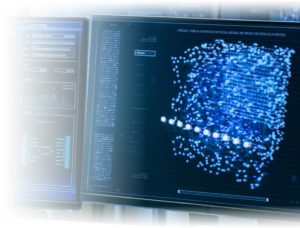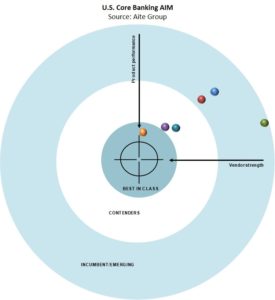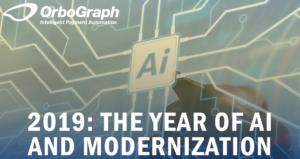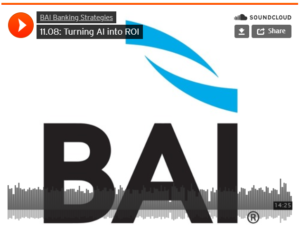OrboNation Blog
Bank fees have been in the news lately, particularly with the ramp up of 2020 presidential candidates. Not only is the aggregate number, $15B, in question, but so also is the issue of whether or not fees are unfairly targeting persons with lower incomes. From WashingtonExaminer.com: One of the Democrats vying to run against President…
Read MorePymnts.com reports on JP Morgan Jamie Dimon’s latest shareholder letter (which appeared on April 4) noting that AI and Machine Learning are mentioned prominently. Why is this important? Dimon’s shareholder letters are closely read and parsed for nuggets of insight regarding the economy, the investment climate, and even revelations about America’s standing in the world.…
Read MoreSaturday Night Live debuted in 1975, meaning that if you were a member of the generation that watched the first seasons of the show, you’re in “the demographic that clings to checks.” according to the pundits. This past weekend, SNL enlightened viewers as to a few exaggerated benefits of “cheques” that we normally don’t promote…
Read MoreFIS was recently recognized by leading industry research and advisory firm Aite Group for its Code Connect application programming interface (API) gateway, naming it “Most Advanced API Strategy” in a newly released report. FisGlobal.com noted in an article: Code Connect provides a growing, constantly updated hub of APIs from both FIS and third-party developers for…
Read MoreThe Wall Street Journal recently ran an article headlined “The Problem for Small Town Banks: People Want High-Tech Services.” The gist of the article (available to subscribers only, alas) is that consumers in search of higher-tech interactions with financial institutions are bypassing smaller community banks in favor of “larger lenders offering online transactions.” The small…
Read MoreBy now, images of the checks submitted into evidence by Michael Cohen as he testified before Congress have become ubiquitous. One of the checks, shown below, illustrates the power of data that is generated on a check. You see the courtesy and legal amounts, the date issued, maker/payer, payee and payee address, check number, and,…
Read MoreBAI Banking Strategies has assembled the wisdom of industry thought leaders in their new report: Decisions bankers need to make for 2019, a free download that will be worth your time to read as we make headway into 2019 and its new challenges, including the modernization priority that we hear about again and again. Venturing into the New Year, BAI has sought out its own thought…
Read MoreBAI Banking Strategies hosts Daniel Faggella, founder and CEO of Emerj, on their newest podcast entitled TURNING AI INTO ROI. It’s an interesting and fast-moving 15 minutes. BAI had proclaimed AI their trend of the year for 2018, and show so signs of moving the title elsewhere for 2019. One of the salient points Mr.…
Read MoreA year ago we noted that Amazon was looking at offering checking accounts, and more recently Abby Hayes at Doughroller has reiterated that the online giant is still interested. The Wall Street Journal reported that Amazon was/is chatting with various banks, including JP Morgan Chase & Co, about creating a branded online checking account. – Besides…
Read MoreBAI Banking Strategies notes the seeming treadmill race to keep up with bank fraud in the US. The article’s author, David Vergara, head of security product marketing for OneSpan, notes: To address the challenges and stop the loss of billions of dollars to fraud each year, banks need a profoundly innovative approach that enables vast…
Read More








